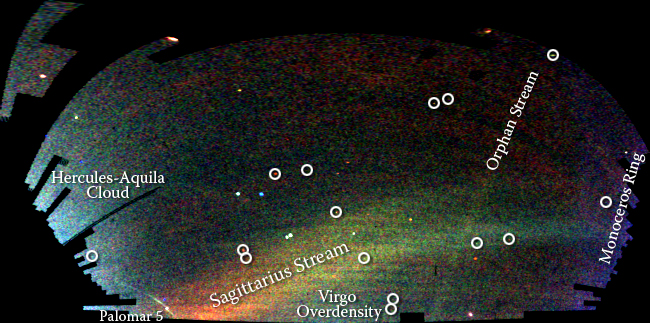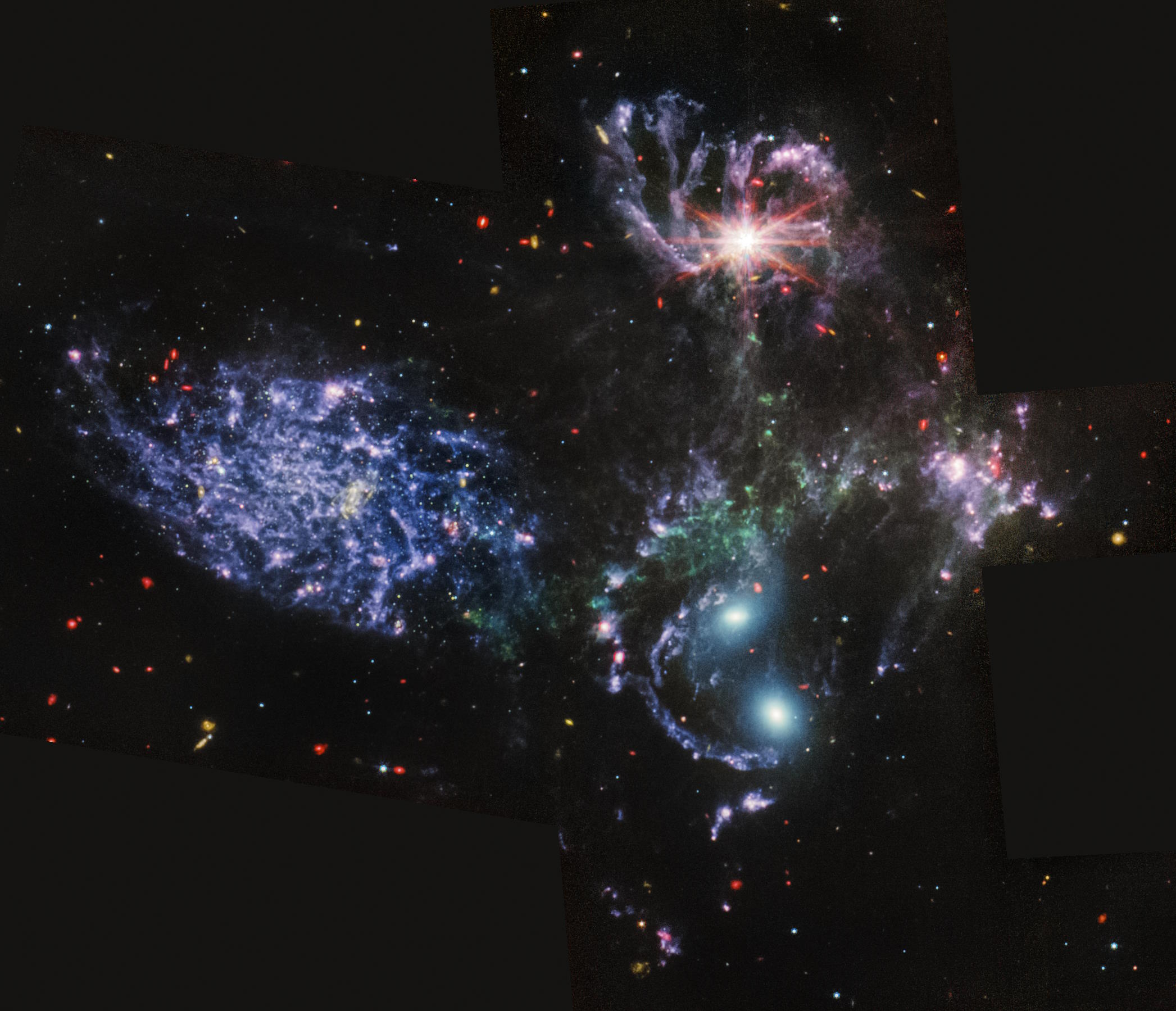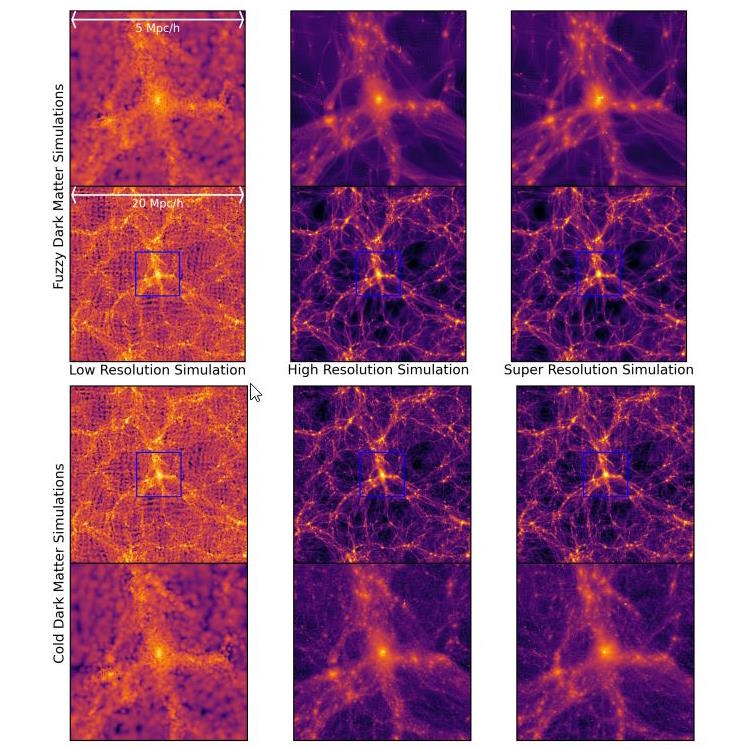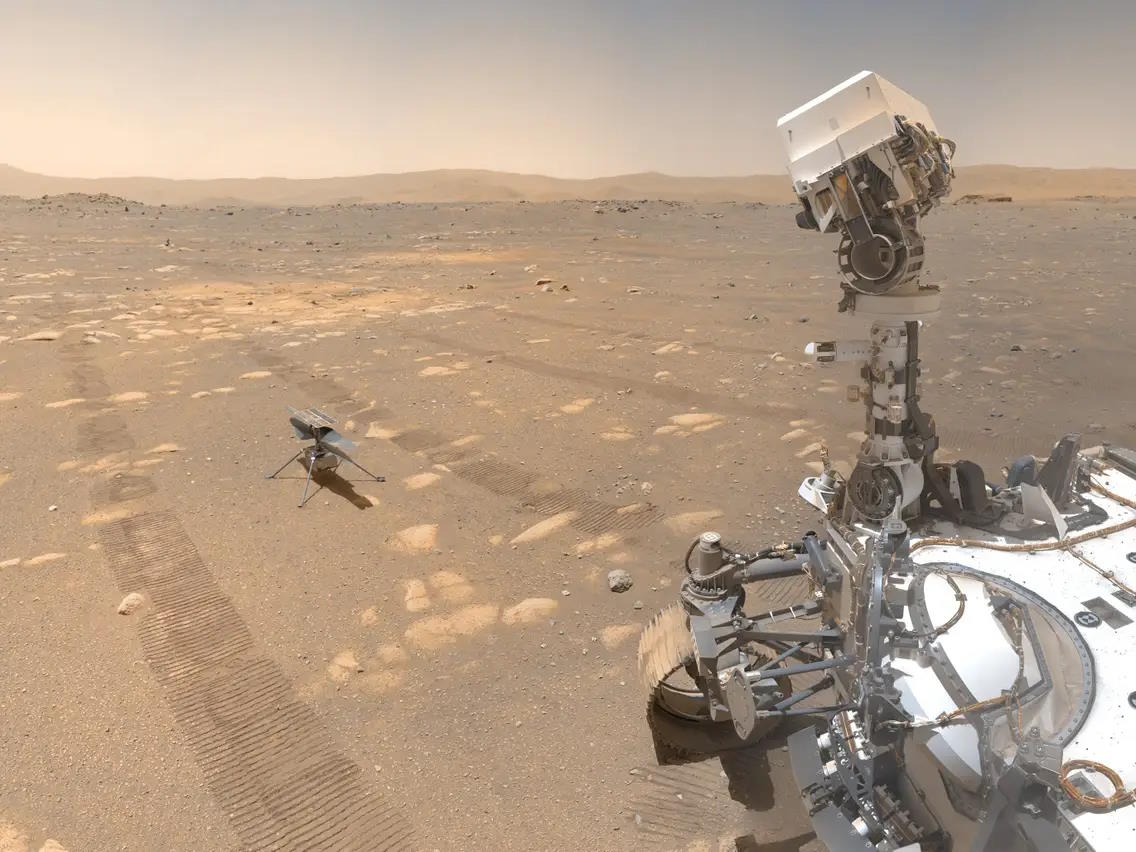Starts With A Bang Podcast #98 – The line between star and planet
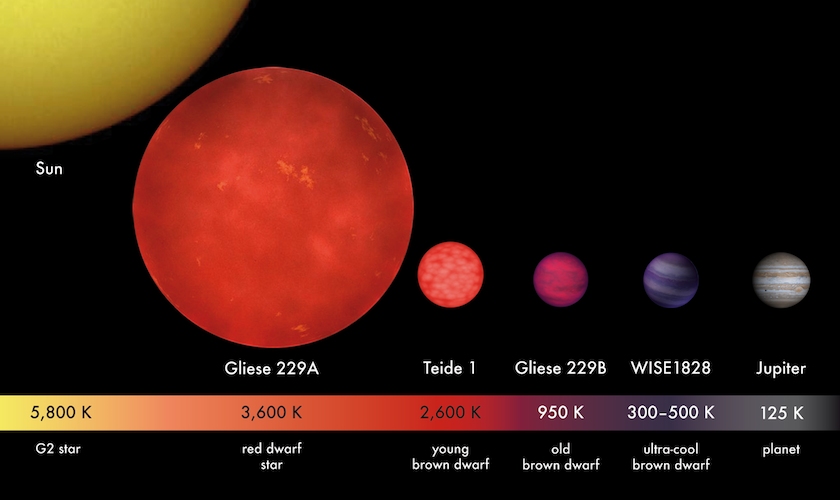
- The line between star and planet isn't sharp, but is rather blurry, with brown dwarfs coming in several varieties that overlap with both massive planets and ultra-cool stars.
- It's only over the last ~30 years that observing these objects directly has become possible, and already we've discovered thousands and are learning about their atmospheres.
- With advances in both space-based and ground-based observing on the way, we may soon be able to learn even more about these objects and what they have to say about our place in the Universe, as Dr. Brittany Miles helps us explore.
Out there in the Universe, there’s a whole lot more than simply what we find in our own Solar System. Here at home, the largest, most massive object is the Sun: a bright, hot, luminous star, while the second most massive object is Jupiter: a mere gas giant planet, exhibiting a small amount of self-compression due to the force of gravity.
But elsewhere in the Milky Way and beyond, numerous classes of objects exist in that murky “in-between” space. There are stars less luminous and lower in mass: the K-type stars as well as the most numerous star of all: the red dwarf. At even lower masses, there are brown dwarf stars, possessing various temperatures ranging from a little over ~1000 K all the way down to just ~250 K at the ultra-cool end.
These “in-between” objects, not massive enough to be a star but too massive to be a planet, have their own atmospheres, weather, and a variety of other properties. The thing that limits our knowledge of them, at present, is merely our own instruments. That’s why, on this edition of the Starts With A Bang podcast, I’m so pleased to welcome Dr. Brittany Miles, an expert on ultra-cool brown dwarfs and a specialist in instrumentation technology. If you were ever curious about these “in between” objects, you won’t want to miss this journey to the frontiers of modern astronomical science!
